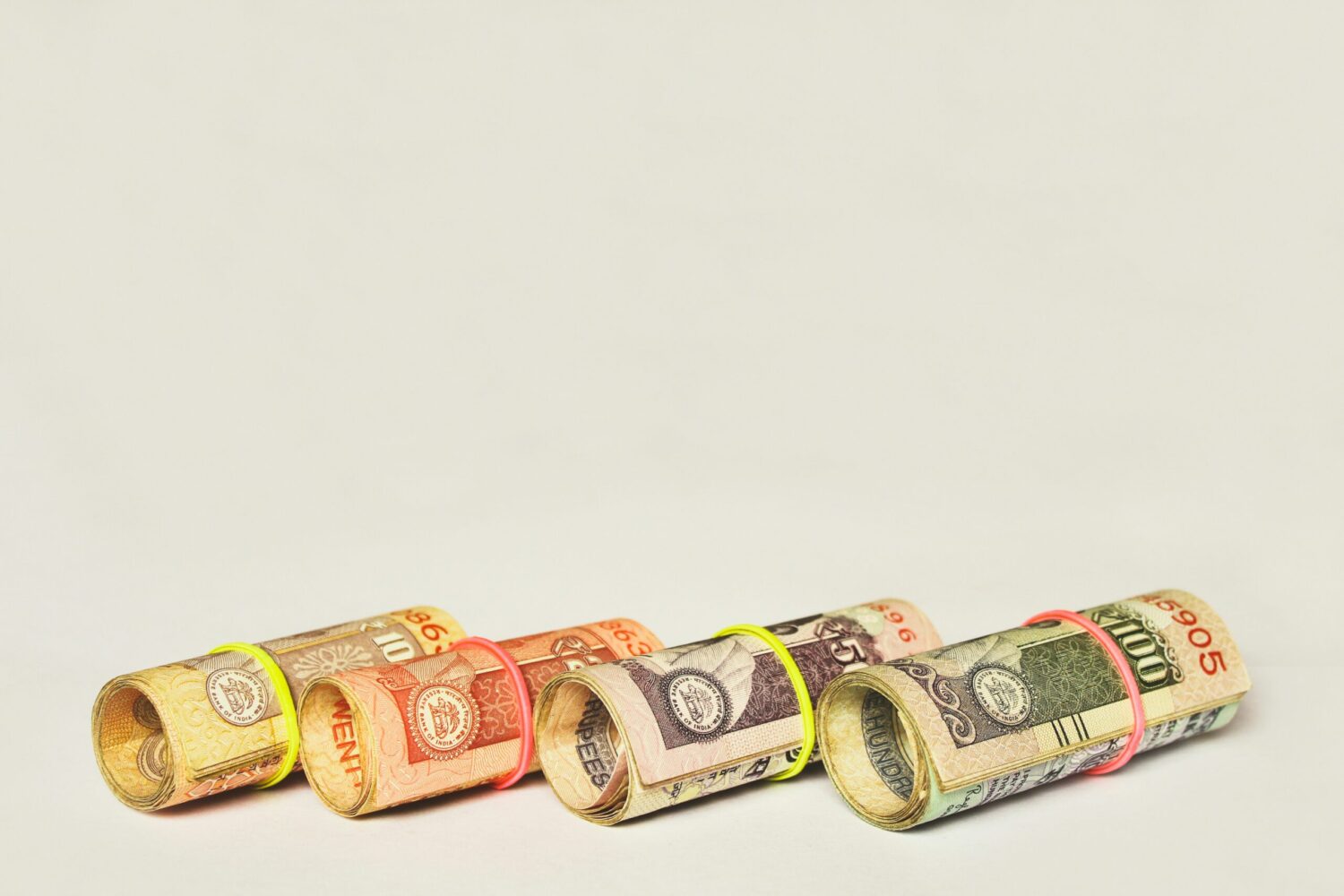An emergency fund is one of the most important foundations of financial stability, yet many people either don’t have one or aren’t sure how much they really need. Think of it as your personal safety net, money set aside specifically to handle unexpected expenses without relying on credit cards or loans. Whether it’s a sudden job loss, a medical bill, or urgent home repairs, an emergency fund can protect your budget and give you peace of mind. In this guide, we’ll explain exactly what an emergency fund is, why it’s essential, how much you should save, and the simple steps to set one up so you’re prepared for whatever life throws your way.
What Is an Emergency Fund?
An emergency fund is a dedicated pool of money set aside to cover unexpected and urgent expenses. Unlike regular savings, which you might use for planned goals like a vacation or a new car, an emergency fund is strictly for true emergencies, situations that are both unforeseen and essential. This could include sudden medical bills, urgent home or car repairs, or temporary loss of income. The purpose is simple: to give you quick access to cash when you need it most, without having to rely on credit cards, loans, or dipping into investments.
Why Do I Need an Emergency Fund
Life is unpredictable, and an emergency fund acts as a financial safety net when the unexpected happens. Without it, you may be forced to rely on credit cards or loans, which can lead to debt and added financial stress. Having this reserve allows you to cover urgent expenses, like medical bills, car repairs, or a sudden loss of income, without disrupting your long-term financial goals. Beyond the practical benefits, an emergency fund also provides peace of mind, knowing you’re prepared to handle life’s surprises without putting your financial stability at risk.
How Much Should I Save in an Emergency Fund?
A common recommendation is to save enough to cover three to six months of essential expenses, things like housing, utilities, groceries, transportation, insurance, and minimum debt payments. The exact amount depends on factors like your job stability, number of dependents, and whether you have multiple income sources. For example, if your monthly essentials total $2,500, you’d aim for $7,500 to $15,000. If saving that much feels overwhelming, start smaller, your first goal could be $500 or $1,000 to handle minor emergencies. Once you hit that, gradually build toward your full target.
How to Build an Emergency Fund
Step 1: Set a Realistic Starting Goal
If saving three to six months’ worth of expenses feels daunting, begin with a smaller, achievable target, such as $500 or $1,000. This amount can cover many common emergencies and give you a quick win to stay motivated.
Step 2: Open a Separate Account
Keep your emergency fund in a separate savings account, ideally a high-yield savings account. This separation makes it less tempting to dip into the money for non-essentials, while keeping it accessible when needed.
Step 3: Automate Your Contributions
Set up automatic transfers from your checking account to your emergency fund right after each paycheck. Automating the process ensures consistency and removes the temptation to skip a contribution.
Step 4: Cut Non-Essential Spending
Look for small areas to trim your budget, like unused subscriptions, frequent takeout, or impulse purchases, and redirect that money into your emergency fund. Even $20 or $50 a month can add up quickly.
Step 5: Save Windfalls and Extra Income
Whenever you receive unexpected money, such as tax refunds, work bonuses, or cash gifts, add a portion, if not all, of it to your emergency fund. These lump sums can help you reach your goal much faster.
Step 6: Reassess and Adjust Over Time
As your expenses and income change, review your emergency fund target and savings rate. Continue building until you’ve reached your ideal safety net, and replenish the fund immediately after using it.
Example Of An Emergency Fund
Let’s say you want to set up an emergency fund and decide to save three months of expenses as we previously talked. You determine your obligations for each month:
| Expense | Amount |
|---|---|
| Housing | $1,800 |
| Utilities | $250 |
| Debt (credit cards, loans, etc.) | $600 |
| Groceries | $450 |
| Transportation | $350 |
| Insurance | $300 |
| Healthcare | $200 |
| Entertainment | $150 |
| Miscellaneous | $100 |
| GRAND TOTAL | $4,200 |
Using this table, you’ll have to save $12.600 in your emergency fund to meet any potential financial burdens in the next three months.
Where Do I Keep My Emergency Fund
Your emergency fund should be kept somewhere safe, easily accessible, and separate from your everyday spending money. A high-yield savings account is often the best choice, it earns interest while keeping your money available when you need it. Another option is a money market account, which may offer slightly higher interest rates with similar accessibility. Avoid tying your emergency fund to investments like stocks or long-term CDs, as their value can fluctuate or make it difficult to access funds quickly. The goal is to balance security and liquidity, so your emergency fund is ready the moment you need it.
When Do I Use (and Not Use) My Emergency Fund
Your emergency fund is meant for urgent, unexpected expenses that are necessary for your well-being or financial stability. This includes situations like sudden job loss, medical emergencies, essential car or home repairs, or unexpected travel for family emergencies. It is not for planned costs like vacations, holiday shopping, or routine maintenance you can budget for in advance. Before dipping into your fund, ask yourself: Is this urgent? Is it unexpected? Is it essential? If the answer isn’t “yes” to all three, it’s better to use your regular budget or savings instead.
Summary
An emergency fund is your financial safety net, designed to cover urgent, unexpected expenses without derailing your budget or forcing you into debt. By setting a realistic savings goal, keeping the money in a separate, accessible account, and contributing consistently, you can build a cushion that protects you from life’s surprises. Knowing when, and when not, to use it ensures your fund is there when you truly need it. Start small, stay consistent, and adjust over time, and you’ll gain both financial security and peace of mind.
FAQs
How much should I keep in my emergency fund?
The standard recommendation is three to six months of essential expenses. If that feels overwhelming, start smaller, your first milestone could be $500 or $1,000, then gradually build up.
How long will it take to build an emergency fund?
That depends on your budget and savings rate. Some people reach their starter goal in a few months, while building a full three to six months of expenses can take a year or more. The key is steady, consistent contributions.
Should I pay off debt before saving for an emergency fund?
It’s best to do both in stages. Start by saving a small emergency cushion (around $500–$1,000) so you don’t need to rely on credit if something happens. Then focus on paying down debt while continuing to slowly build your fund.
Can I invest my emergency fund to grow it faster?
No. Since emergencies require quick access, avoid investments that can lose value or lock your money away. Security and liquidity matter more than growth.
When should I use my emergency fund?
Only for urgent, unexpected, and essential expenses. Examples include job loss, medical bills, critical home or car repairs, or sudden necessary travel. Planned expenses like vacations or annual bills should be handled with a sinking fund instead.
What should I do after using my emergency fund?
Replenish it as soon as possible. Even if you can’t replace the full amount right away, restarting contributions ensures you’ll be prepared for the next emergency.
How often should I review my emergency fund?
At least once or twice a year. If your monthly expenses, income, or family situation changes, adjust your savings goal to reflect your current needs.
Is your emergency fund a form of insurance
An emergency fund isn’t insurance, but it works like a personal safety net. It covers urgent costs that insurance may not fully handle, giving you quick access to cash when you need it most.

